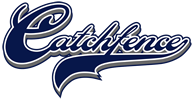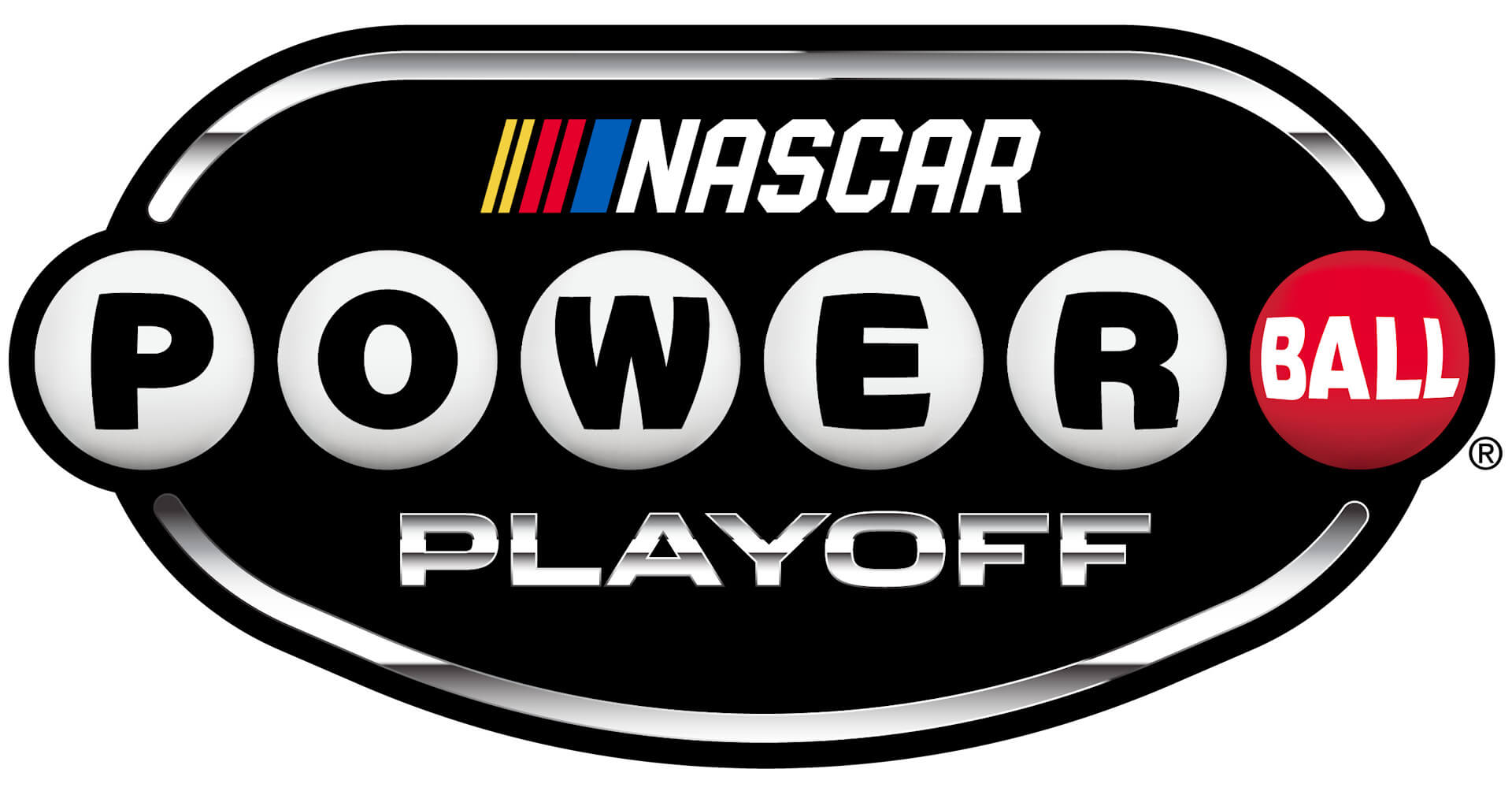 In a series of competition updates for the 2019 NASCAR season, the sanctioning body announced Monday afternoon that it’s changing their post-race inspection protocol for all three national series to include a more direct process – which now could see the winners disqualified for failing post-race at-track inspection.
In a series of competition updates for the 2019 NASCAR season, the sanctioning body announced Monday afternoon that it’s changing their post-race inspection protocol for all three national series to include a more direct process – which now could see the winners disqualified for failing post-race at-track inspection.
The “unprecedented” change deems that any race winners from any it’s Cup, Xfinity and Trucks that is found to have an L1 penalty following the race will lose the win, and all stage and Playoff points. The driver and team will receive last-race points for the event (one point).
Additionally, the team will also lose all benefits that come with a victory, such as playoff eligibility or advancements in the Playoffs should an inspection failure occur in the post-season.
As part of the inspection overhaul, all post-race inspection (with exception of some engines that are run more than once) will be completed following the event. NASCAR hopes the process will be completed within 90 minutes and an official winner announced.
Should the first-place car or truck be disqualified, the second-place finisher would become the winner of the event and receive all benefits from the victory. Teams will have the ability to appeal and the appeals will be handled in an accelerated manner.
 “We’re changing the culture,” said Steve O’Donnell, NASCAR executive vice president and chief racing development officer.
“We’re changing the culture,” said Steve O’Donnell, NASCAR executive vice president and chief racing development officer.
“Our industry understands the need to focus on what happens on the race track. We cannot allow inspection and penalties to continue to be a prolonged storyline. Race vehicles are expected to adhere to the rule book from the opening of the garage to the checkered flag.”
NASCAR will inspect the first-and-second place race cars, as well as a random vehicle (which could be third place car) after each event. The one random car from each race is subject to be sent to the NASCAR Research and Development Center in Concord, N.C., for further inspection, but no penalties will be assessed from anything found. The information and any violations, however, will be shared with teams.
The most recent Cup race winner to be disqualified was in 1960 when Emanuel Zervakis was disqualified for an oversized fuel cell and the win was passed to Joe Weatherly.
 As part of the focus to streamline the inspection procedures, NASCAR will assess all penalties for illegal parts at the track during an event weekend. For example, if a car is unloaded with an illegal part, the team is subject to an automatic L1 penalty.
As part of the focus to streamline the inspection procedures, NASCAR will assess all penalties for illegal parts at the track during an event weekend. For example, if a car is unloaded with an illegal part, the team is subject to an automatic L1 penalty.
“We’ve heard loud and clear from our race fans who don’t like penalties dragging out to Tuesday or Wednesday from the race. Unfortunately, we headed down the path where that became the storyline,” O’Donnell added.
“When you leave the race track on Sunday night, you’ll know who the race winner is from our perspective. We’re going to move forward.
“But we’ve also made it very clear to the teams over the last six months that this is where we’re headed. So, bring your stuff right and let’s concentrate on the best drivers in the world going out and beating each other on the track instead of the wind tunnel.”
Under the new inspection policy, Stewart-Haas Racing’s Kevin Harvick would have been stripped of his two wins from 2018 at Las Vegas (Nev.) Motor Speedway in the spring and Texas Motor Speedway last November. Harvick’s No. 4 Ford was found to have a rear window violation post-Las Vegas and a modified spoiler following the 34th race of the season at Texas.
“Inspection is going to be open all the time,” said Scott Miller, NASCAR’s senior vice president of competition. “With the inspectors in the garage, we will be inspecting cars all the time. It won’t be just during the official inspections.
“When we find something wrong—and it’s been in the rule book, but we’re going to use it this year—if you bring illegal parts, and we make you take them off, you’re going to be issued an L1 penalty right there at the race track. We have to stop this. We tried to do it a little softer, but it didn’t work, so we’re going to try a new approach.
“You can’t unload your car with illegal stuff on it—period.”
 In other announcements from NASCAR, O’Donnell announced that the “Generation 7” car in the Monster Energy NASCAR Cup Series is poised to make its debut for the 2021 season and will be designed to showcase new technologies and elements that reflect future production vehicles. A new engine could be introduced as early as 2022.
In other announcements from NASCAR, O’Donnell announced that the “Generation 7” car in the Monster Energy NASCAR Cup Series is poised to make its debut for the 2021 season and will be designed to showcase new technologies and elements that reflect future production vehicles. A new engine could be introduced as early as 2022.
Also, NASCAR has implemented a model of series-specific inspectors. Each national series will have a dedicated team of officials who will specialize in inspections for their respective garages.
Qualifying procedures across all three national series remain the same for 2019, with the exception that the first round of ‘group qualifying’ for short track and intermediate tracks will shorten to 10 minutes in length (previously 15) and the breaks between sessions will be five minutes long (previously seven).
Follow Chris Knight on Twitter @Knighter01.














